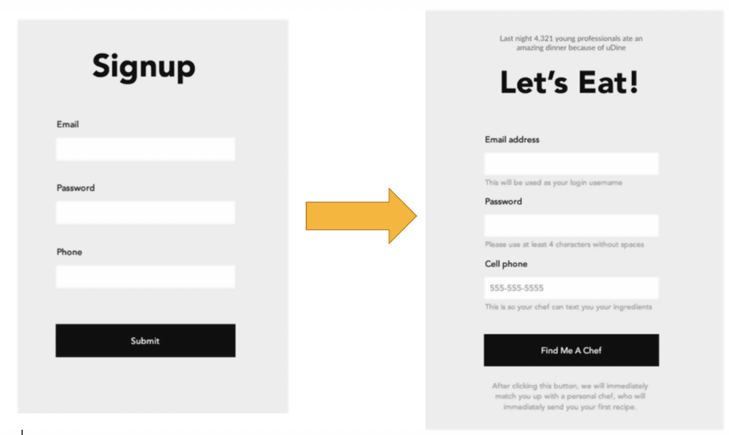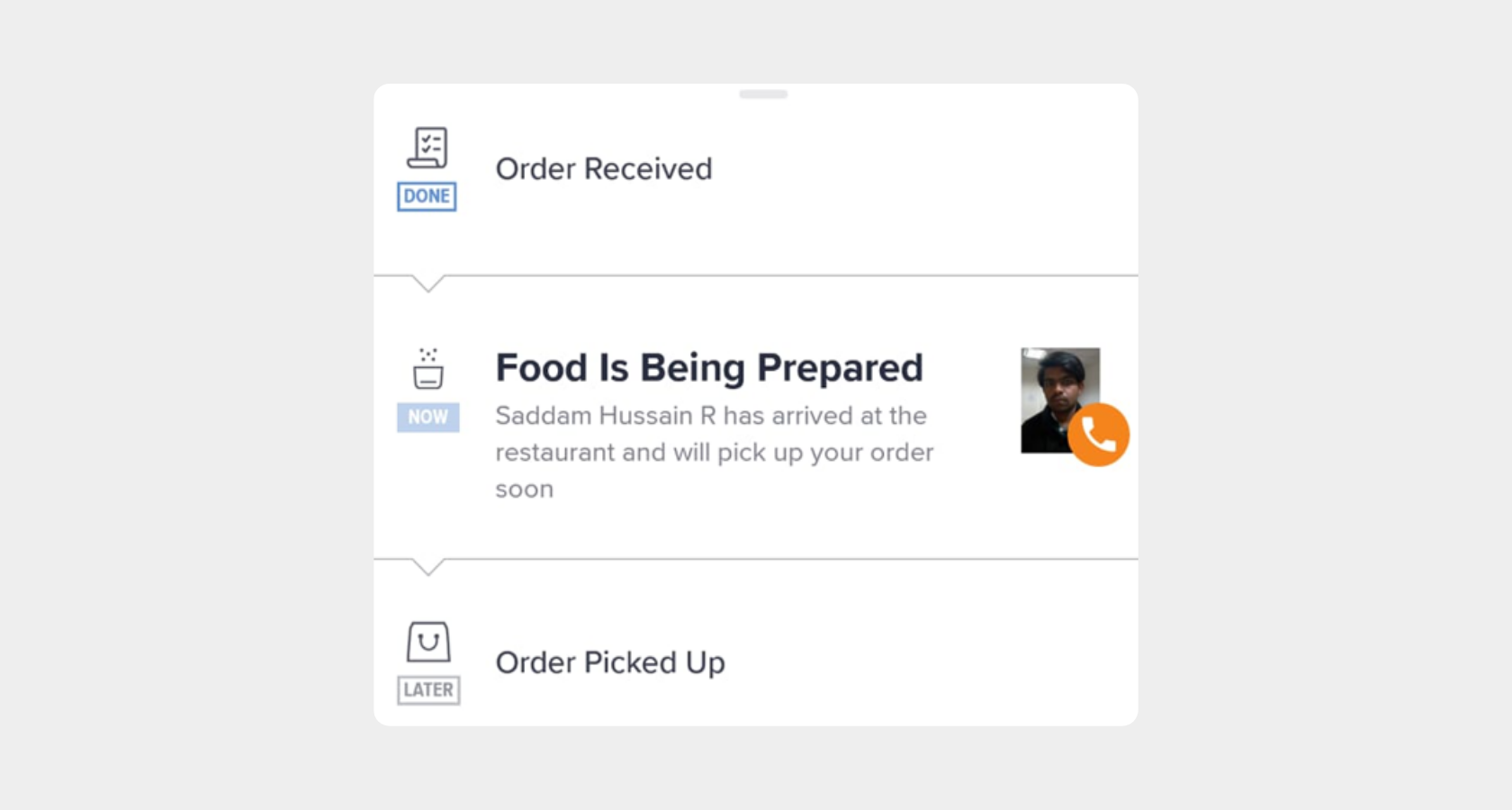Many businesses are shifting their focus and turning their faces towards the online world.
In order for a site to be successful, it needs to attract customers, and once the site has managed to have a base of followers, you will need to improve the browsing experience of your registered/subscribed customers, that’s where using SaaS microcopy comes in.
(SaaS- Software as a Service)
What is SaaS microscopy?
Microcopy is the words and short phrases that you usually get to see on a website, or app. These short messages are meant to instruct users, suggest tips, and deliver important information that helps users get value faster from your SaaS product.
Every short message or text one sees in a popup is considered a microcopy.
Why is SaaS Microcopy important?
Here are a few things microcopy can help you with:
-
- Allowing your brand to speak. Having microcopy in a consistent voice that interacts with the readers will help them to connect with your brand, and improve the readers’ browsing experience.
User activation all comes down to helping customers understand what the value being provided is, then showing them the path to experience that value for themselves — which is where microcopy excels.
-
- Gain your users’ trust. Microcopy is about more than just easily-navigable UIs as it can play a big role in how your customers will trust you. A software suite riddle-phrased microcopy simply won’t connect with modern consumers.
- Expand the number of your paid subscription users: If you’re suffering from a low trial to paid conversion rates then it might be due to not having a microcopy that assists with the navigation, understanding how the site works and driving users to have a paid subscription. It is important to note that customers are less likely to look to have a paid plan if they struggle with basic navigation.
The Target
The goal of the microcopy might be different, depending on your objectives. So there are a few distinct types you might face while using a SaaS product.
The most common forms of microcopy are:
-
- Sign-up forms: These forms are likely to be the first microcopy a user sees when he is entering the site.
- Guidance: Guiding tips can assist you with helping users to understand how to navigate on your site, give suggestions, and at the same time solve some of the questions you might get asked on support. Guiding tips can be shown by in-app messaging patterns, tooltips, modals, banners, etc.
- Call to action: This is quite likely the most important form of microcopy since it triggers users to perform a specific action, the difference between a guiding tip and a call to action is that a Guiding tip is more of a suggestion and a Call to action is more aggressive and invested to get your users to execute an action.
- 404 error messages: Whenever a page is unavailable or removed — Usually it happens due to three reasons:
1. Being moved improperly.
2. The page is being removed on purpose.
3. The user types a URL incorrectly which leads him to a page that doesn’t exist.
404 microcopy can be a life-changer that helps them get back to the main site, and also understand what is going on. - Explanations/disclaimers: Getting users to submit their information during certain user experience flows will be much easier if the microcopy clearly delivers a short message that explains what they need to do, or if there is an important thing they need to keep in mind before performing an action.
- Rules and terms of service: This form of microcopy can be used when requesting the user for entering their login information, and payment information.
-
- Dynamic Pages: pages where the customer can have their own information input, such as marketplace after being filtered for specific results, content library, or any other place where a visitor can narrow the results by his own actions, can use a dynamic microcopy.
Tips to Keep In Mind When Writing a Microcopy

Short And Catchy
When starting to work on the UX writing process the first thing you should think about is to make your messages short and catchy. Since you don’t have the space to write too much. Also, your users do not have much time and attention, so let us all save each other the labor of writing and reading a long text.
Most people who end up on a landing page skim through the copy itself. Does that make microcopy insignificant? It is actually the opposite. Having a microcopy you do not have the space to mess around with long sentences. If you want your microcopy to do its job, it needs to be delivered in a very straightforward way.
Keeping it simple
If someone has to figure out the meaning of phrases that they see on your website. Then, you need to reconsider your choice of words.
Keep your user experience copy simple, easy to read, and, most importantly, speak in a language everyone understands, for example not everyone who will browse on your site knows what is the meaning of “authority error”, but they know “incorrect password”.
Try to avoid technical terminology at all costs. Instead, include words used in day-to-day conversations.
Understand the customer’s point of view
In order to improve the user’s experience, it is a must to understand how he thinks. There are two sides you need to keep in mind. First, try to see things as your own customer, and ask yourself common questions.
What will they be looking for when they managed to find your site?
What could be their potential issues?
How can you solve them?
Secondly, you need to think about the features of which you would like them to be aware of. What do you want to show them? Find the right balance between what your user would like to see and what would you like them to see.
Your words will lead your users to the place they were looking for.
Keep in mind that your microcopy should be able to answer your user’s questions before they even think of them.
Be Creative
There is always room for creativity when it comes to user-experience copywriting. Yes, your microcopy has to be very clear in terms of delivering the point. But it can also be fun without comprising while also delivering the message.
Being creative allows your message to be viewed differently and be more interesting and stand out from other sites that are using generic forms of microcopy. In case you host a global audience, it is better to avoid using specific cultural references.
It might be obvious to some of your readers, but the rest of your audience will not understand the message which will might harm their experience.
If you would like to still include cultural references, be careful and make sure that the references are targeting the highest percentage of your audience.
Do The Research
Similar to any other process of writing, an effective microcopy too takes research, time, and some originality. Words selection is a deciding factor of your users’ experience and therefore, it is important to have your attention when writing/choosing the message you would like to deliver.
Using a SaaS Microcopy Service
Writing your own microcopy messages might consume a lot of time and thinking, and not everyone is creative enough to think about unique messages that can stand out.
Therefore, we came up with a solution: The EverXP gamification API which can provide a never-ending source of microcopy messages, while also being updated according to the date, including different writing styles from the most serious voice to the most playful one.


